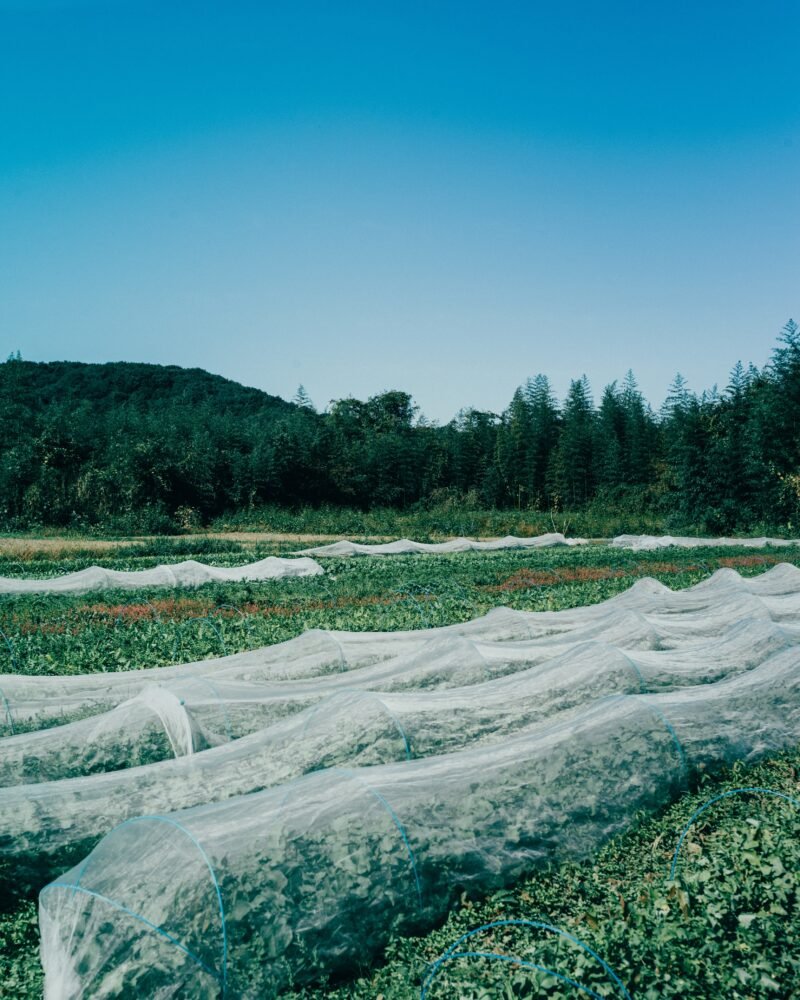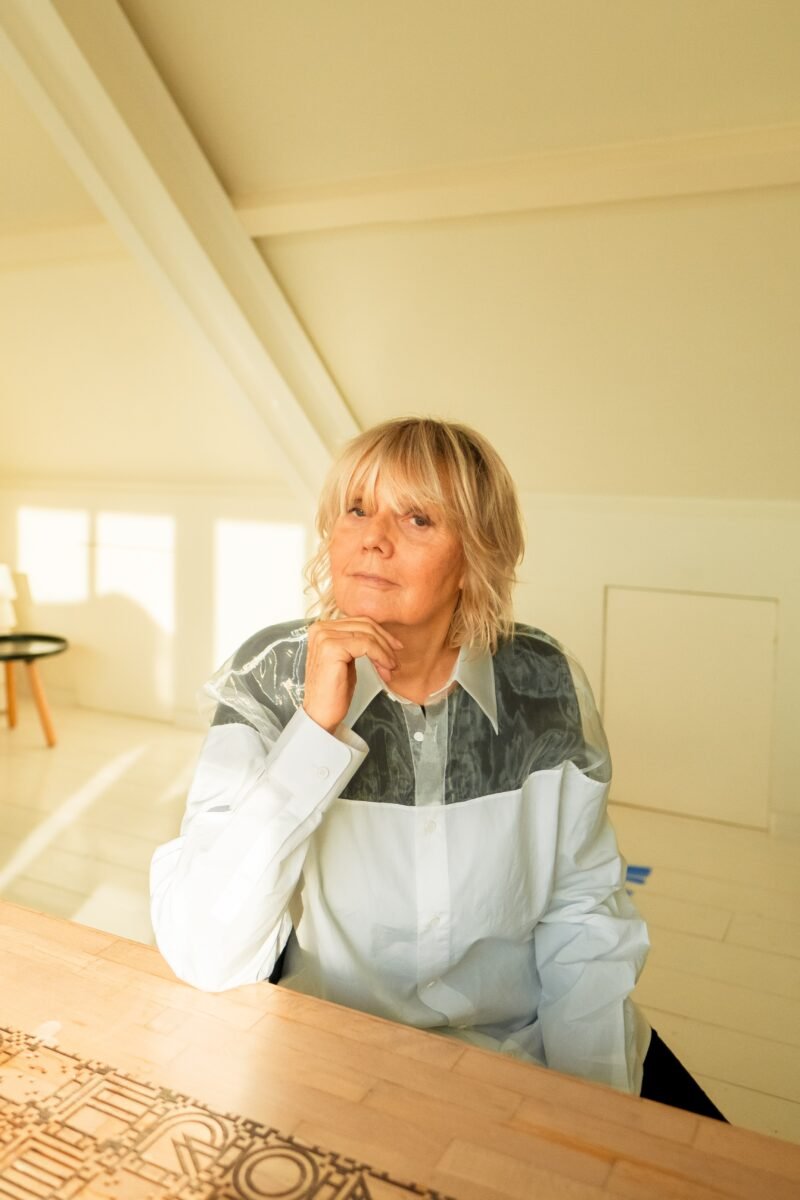Exploring a Sustainable Urban Future in the Mountains of Catalonia
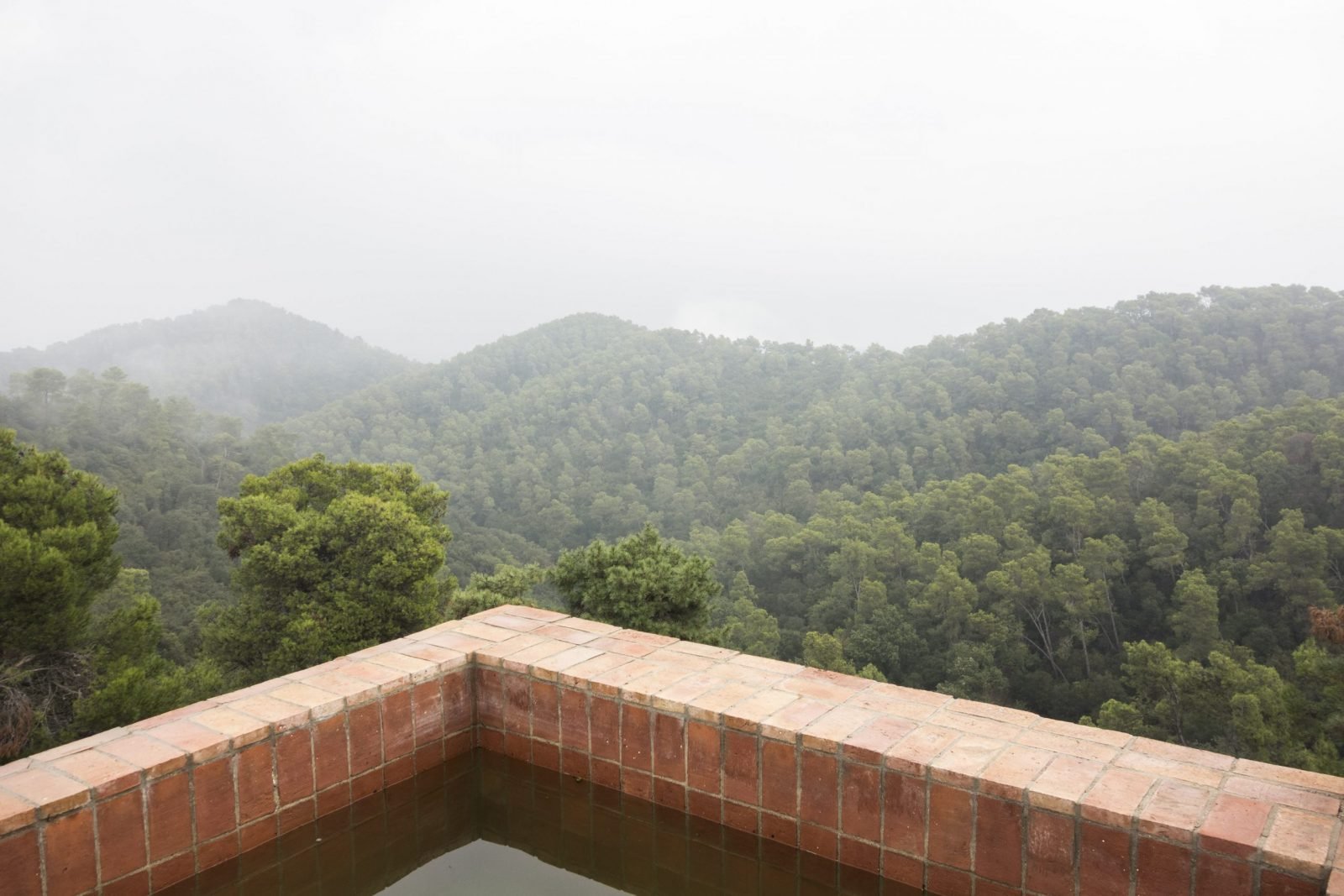
Leave Barcelona's bustling city centre behind and drive north for twenty minutes, and you will find yourself climbing the Serra de Collserola. As you pass through the woods, you may spot a building. This is the Green Fab Lab, on a hilltop amidst the eight thousand hectares of the Collserola Natural Park.
MOMENT had one question in mind — why does the Institute for Advanced Architecture of Catalonia (IAAC), a world-leading university in the field of architecture with so many Fab Lab initiatives in urban centres, continue its research here deep in the woods? We asked Jonathan Minchin, Coordinator of Green Fab Lab Valldaura, and Tomas Diez, Director of IAAC.


Valldaura, a Self-Sufficient Lab
Green Fab Lab is one of the three Valldaura Labs, in addition to the Food Lab and Energy Lab. Valldaura Labs was proposed by the IAAC and commissioned by the Barcelona City Council and the European Commission in 2008. The labs explore modes of self-sufficiency for the 21st century, using the wisdom from both nature and technology.
“Cities are not designed to be independent. There has never been a city without connections to farms or coal mines. In order to rethink the self-sufficiency of a city, we have to rethink farms. That is what we’re doing here, at Green Fab Lab,” says Minchin.
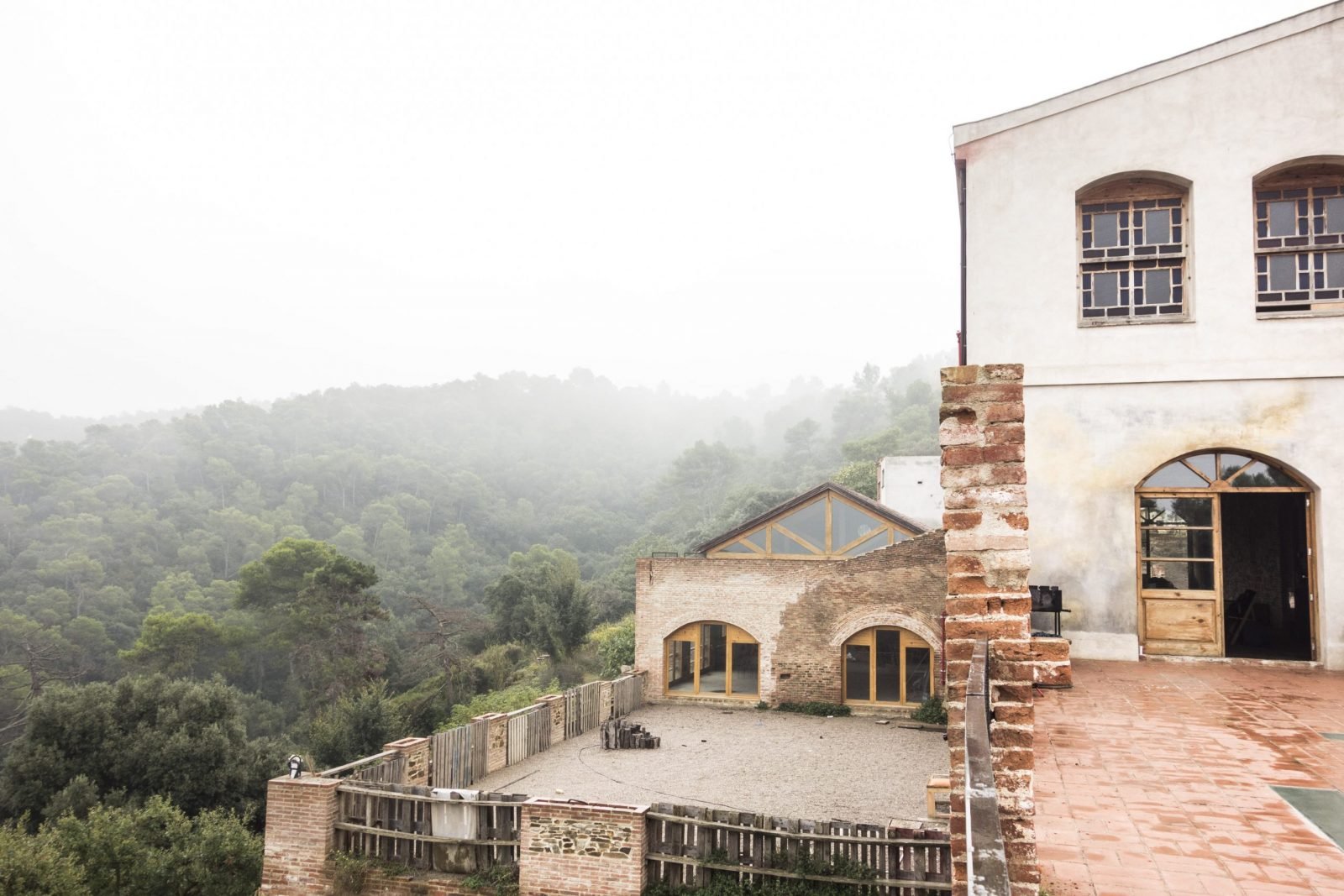
Reasons to research in Valldaura
What brings these researchers to Valldaura? One of the reasons lies in the area’s history. In the 12th century, monks from the Order of Cistercians, which was then spreading across Europe, built their first settlement here. With “pray and work” as their motto, the Cistercian monks rejected the contemporary feudalist system of leasing land for money, and instead committed themselves to producing their own food. Their exhaustive work can be seen in their development of effective farming methods and the building of infrastructure.
The monks’ work resonates with one of the goals of the Fab Lab movement: creating a system of globally-connected local production sites. Even hundreds of years ago, the monks in Valldaura produced food, energy, and infrastructure locally while being globally-connected, spreading and developing the necessary knowledge and techniques through the network at the same time.

Of course, as most of the world, Valldaura has modernised and globalised in recent years. As food production became more industrialised with the introduction of monoculture or single crop-farming, usage of pesticides and a global food distribution system, Valldaura gradually lost its role as a place of food production. Jonathan, however, says that the natural environment, rather than technology, is still a powerful source of solutions.
“Of course it’s important to think about how we could use technology to reduce consumption or create alternative ways to produce food. But fundamentally, what those things are really about is how we feed ourselves. And nature has always shown us solutions to that problem. Nature as inspiration isn’t a new idea; it’s been with us forever.”

Technology as the Interface
Inside the building, which was originally built in the 19th century, there are not only plenty of digital fabrication tools, but also a farm where people can experiment with new agricultural tools. There’s also a large green space where people can test new materials in a natural environment. Most importantly, the forest surrounding the building provides a perfect opportunity to learn about nature.

Today at Green Fab Lab there are four areas of research and technical development: forestry, biology, digital fabrication, and agroecology. “Most of the materials we use at Fab Labs come from the forest or the landscape. That is why we study forestry, biology, and agroecology since they are fundamentally the base of almost everything we produce.”
In today’s world, nature is often seen as being in opposition to technology and design. But Jonathan says nature and design are not necessarily conflicting concepts: “Think of technology as the interface to interact with the environment. For instance, we are greatly influenced by Masanobu Fukuoka, the creator of ‘natural farming,’ in which there is no ploughing or herbicides used. But even his methods involve intervening in natural processes. In fact, there is no farming without intervention. The decision we as human beings should make is not about whether we intervene, but how. That is how I see the role of design: it is not about the aesthetic arrangement, but about how we intervene in the world.”
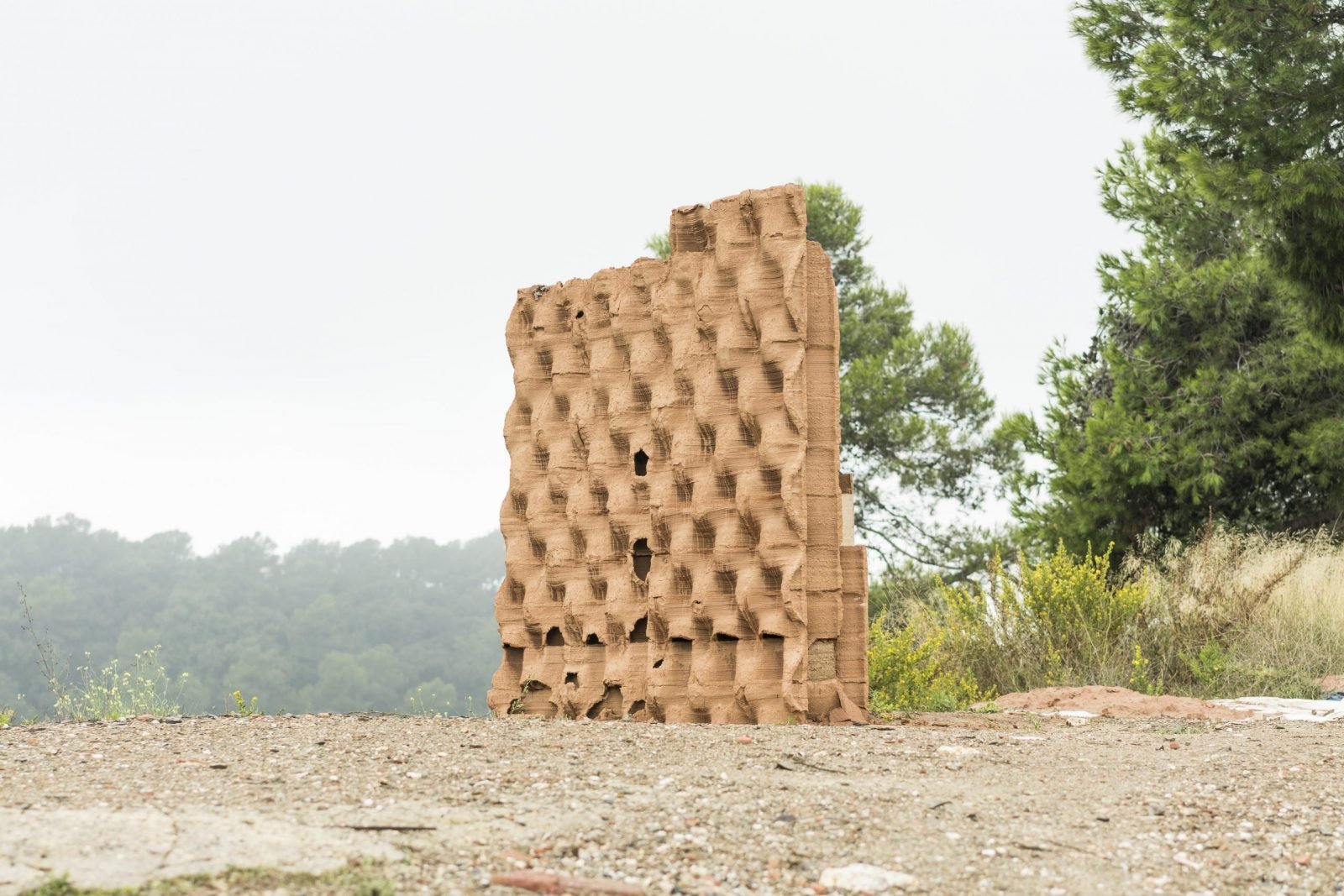
From Beehives to Restaurants
Two of the Green Fab Lab’s most iconic projects are the Open Source Beehives and the organic restaurant LEKA. Open Source Beehives is a bee monitoring system. For some time now, there have been global reports on the shrinking bee population and the widespread collapse of colonies. It is said that 70% of our food is pollinated by bees, and the decline or even extinction of bees will, therefore, seriously affect the cultivation of agricultural products. With Open Source Beehives, they have designed a beehive that makes it easy for bees to reproduce, and a tool kit and app to monitor and analyse the condition of bees inside.
Once Green Fab Lab harvests its vegetables and fruit, their food products are delivered to an organic restaurant called LEKA in Barcelona’s Poblenou district, only a few blocks away from the IAAC. LEKA has been around for a while, but it was reborn as an open-source restaurant supported by Fab Lab Barcelona.

Towards the City of Efficiency and Complexity
Our pursuit of efficiency has been fueled by industrialisation, enabling us to overcome some of the problems of the past. But at the same time, it has resulted in cities around the world becoming more homogenous. Tomas Diez, director of IAAC, says that he aims for the opposite: a cityscape that embraces complexity in order to be even more efficient.
“For some time now we have been promoting Fab Labs around the world. Fab Labs are not just about making spaces and installing digital fabrication machines. They are an endeavour to generate knowledge about production and to create a knowledge network.”
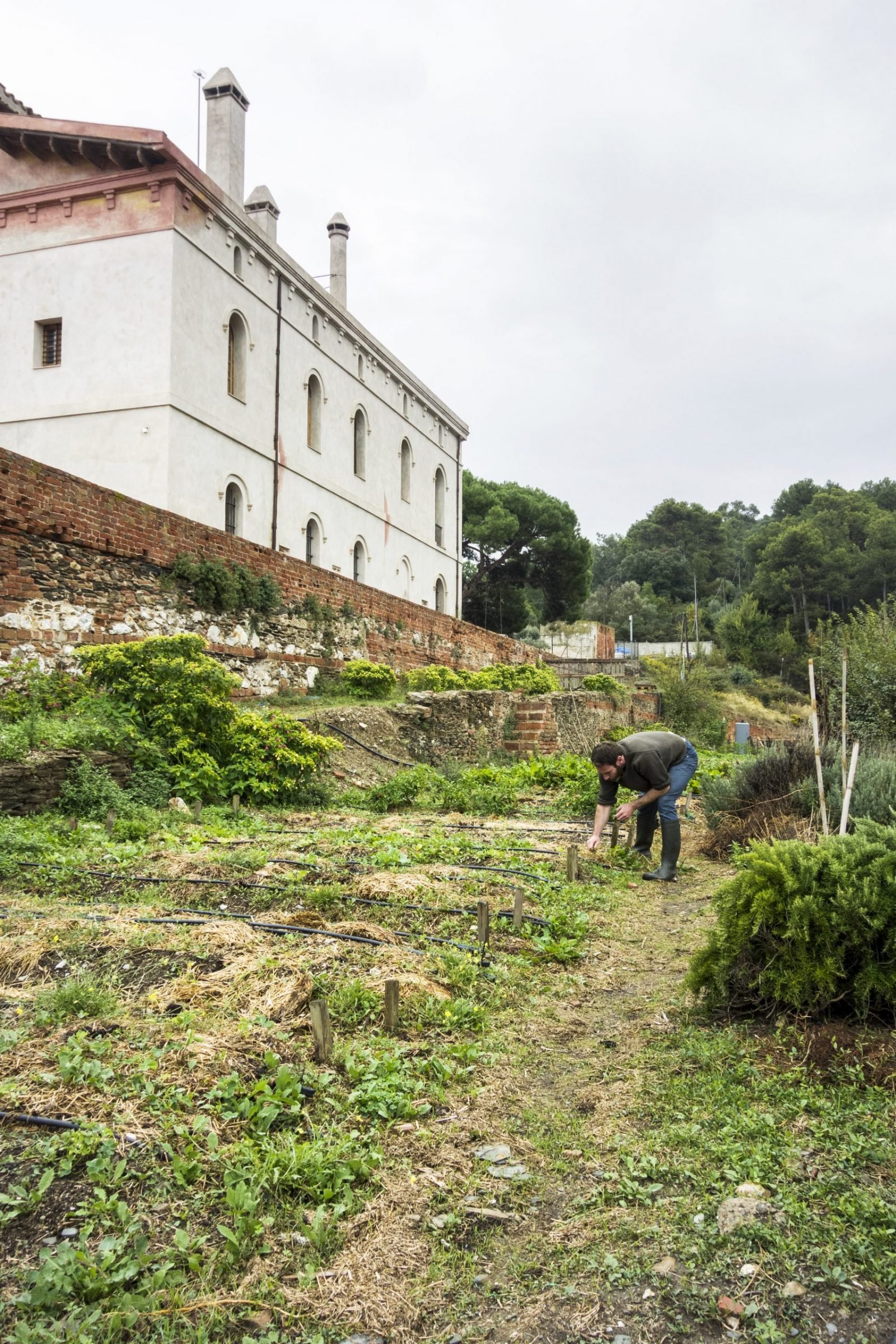
“Our goal is to make this way of living possible, in which we produce the food, energy, and products that we consume. For that, we need tools, knowledge, and opportunities. I believe this distributed network of Fab Labs is full of possibilities and can become a catalyst for this transformation.”
